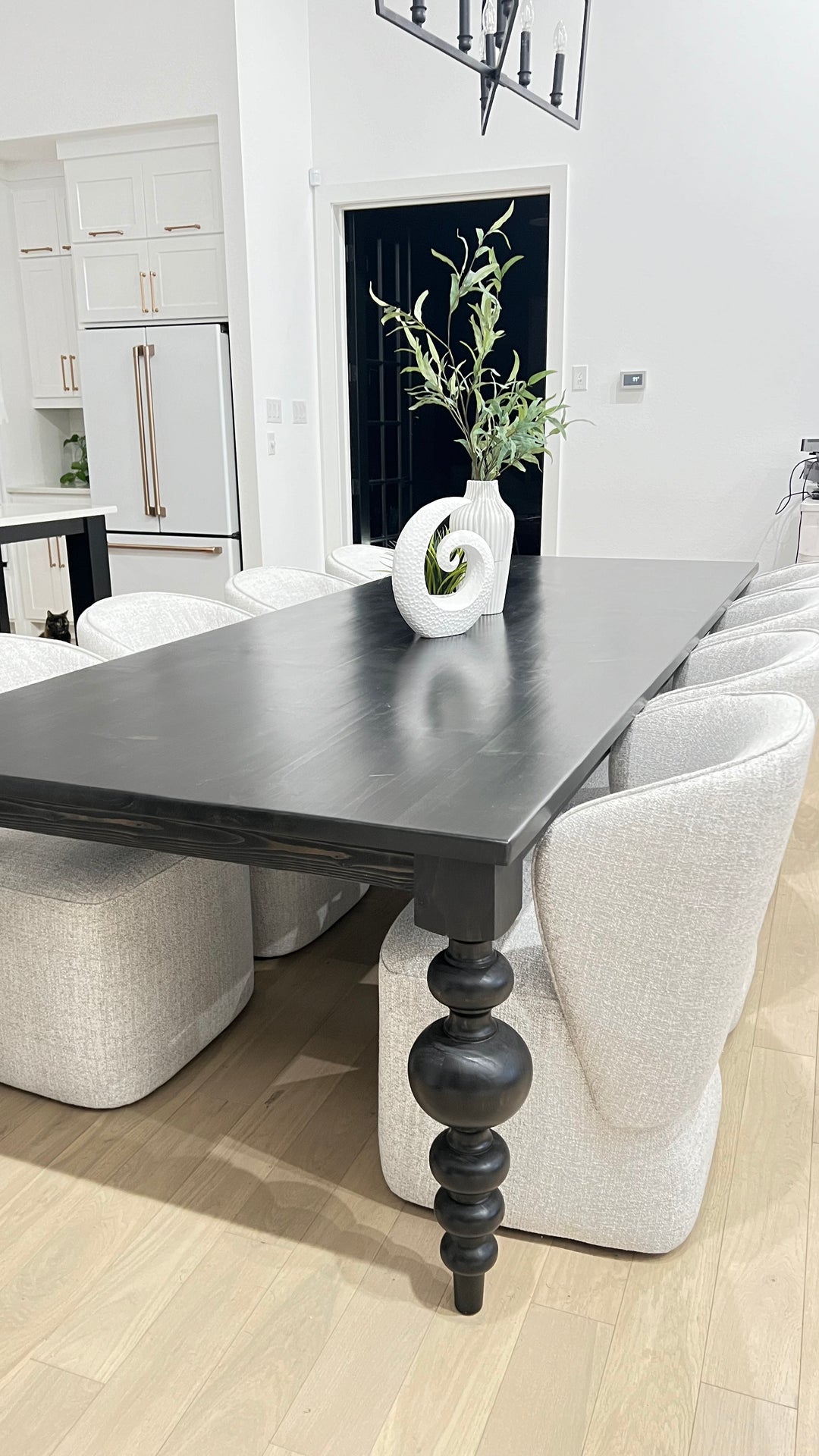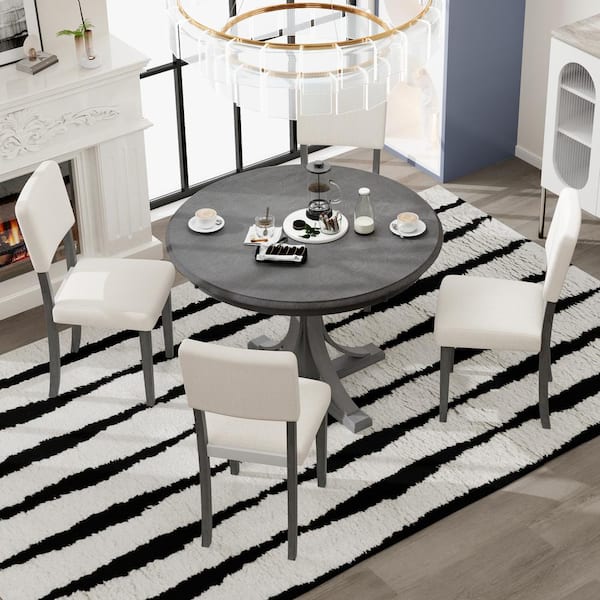Tips for Installing Dining Room Table Legs for a Modern Look
Tips for Installing Dining Room Table Legs for a Modern Look
Blog Article
Professional Tips for Installing Eating Room Table Legs for Maximum Security
When it comes to mounting eating room table legs, achieving maximum security is critical for both capability and aesthetics. What certain techniques can enhance stability even better?
Choose the Right Legs
When selecting the ideal legs for your dining-room table, it is necessary to take into consideration both performance and visual appeals. The legs you choose will dramatically affect the total design and stability of the table. Assess the table's planned usage; if you expect regular events, tougher legs, such as those made from strong timber or metal, might be a lot more appropriate, as they provide increased longevity and support.
Typical eating tables commonly range from 28 to 30 inches in height, so make certain the legs line up with this standard for comfort. Tapered legs can include a modern touch, while turned legs could communicate an extra classic aesthetic.

Select Appropriate Hardware
Exactly how can the right equipment boost the security and durability of your dining space table? The selection of suitable hardware is vital to guaranteeing that the legs of your table are safely connected and able to hold up against normal use. Top quality screws, screws, and braces offer the needed strength to support the weight of the table, in addition to any added lots put upon it throughout gatherings or dishes.
When choosing screws, opt for those made from resilient materials such as stainless steel or brass, which resist rust and keep stability with time. The size of the screws is just as important; they must pass through deeply right into the table's framework without compromising integrity. For bolted links, consider making use of lock washers to avoid loosening up because of vibration or movement.
Furthermore, making use of corner braces can include added support, specifically for larger tables or those with much heavier tops. These braces distribute weight uniformly and help keep the table's shape. Guaranteeing that the hardware you select is proper for the specific materials of your table will additionally enhance its general stability and durability, permitting you to appreciate your eating experience for many years to come.
Ensure Correct Alignment
Correct alignment of dining area table legs is important for both visual allure and functional stability. To accomplish optimum alignment, begin by determining the range from the table's edges to the leg attachment points.
Make use of a level during setup to validate that each leg is vertical to the tabletop. This step is important, as also small discrepancies can escalate into considerable security issues in time. It is a good idea to note the wanted leg placements on the bottom of the table with a pencil or masking tape before protecting them. This method offers as an aesthetic guide, permitting for changes as needed.
In addition, double-check the alignment after the first screws are tightened up, as changes might be needed prior to completely securing the hardware. By focusing on correct placement, you not just improve the table's total layout yet likewise make sure that it stays functional and secure for several years to find.

Think About Weight Distribution
After ensuring correct positioning of the dining-room table legs, it is essential to think about weight distribution to improve stability and capability. dining room table legs. Appropriate weight distribution is vital in avoiding ensuring and tottering that the table can support its desired load without threat of tipping or collapsing
When placing the legs, ensure they are put at equivalent distances from the facility of the table to equally distribute the weight across the framework. Think about the weight of the tabletop and any kind of things that will often hinge on it, such click for source as tabletop devices or decorative items. Tables with heavier surfaces need to ideally have legs located closer to the edges, as this makes best use of the base of support and lessens the risk of instability.
Furthermore, if the table is planned for use in a high-traffic area, take into consideration using much heavier products for the legs or including stabilizing aspects, such as cross-bracing or a reduced rack - dining room table legs. These adjustments can assist keep equilibrium and prevent moving throughout usage. Inevitably, a well-considered weight distribution technique will dramatically enhance the table's overall performance, ensuring it stays a useful and attractive focal point for your eating area
Examination Security Prior To Usage
Examining the security of the eating area table prior to usage discover here is an essential step that ought to not be neglected. Guaranteeing that the table is safe and steady can avoid accidents and prolong the lifespan of the furniture. Begin by applying mild stress to numerous factors on the table surface. Push down on the center and after that along the edges, observing any wobbling or changing. Recognize the legs or joints that might need modification. if the table reveals instability.
Following, check that all bolts and screws are tightened properly. Loosened connections can bring about instability and possible damage over time. If needed, utilize wood adhesive on joints to enhance security, making sure to allow adequate drying out time.

Conclusion
In final thought, the installment of dining space table legs calls check this for careful consideration of products, positioning, weight, and equipment circulation to attain optimum stability. By selecting top notch bolts and sturdy legs, guaranteeing exact placement, and dispersing weight equally, the architectural integrity of the table can be considerably improved. Performing a security examination before normal usage better ensures that the table will endure daily pressures, thus offering a trustworthy and secure eating experience.
When it comes to mounting eating area table legs, accomplishing optimum stability is critical for both performance and aesthetic appeals. The legs you choose will significantly impact the general design and security of the table (dining room table legs). Standard eating tables commonly vary from 28 to 30 inches in elevation, so guarantee the legs align with this standard for convenience.Appropriate positioning of dining area table legs is crucial for both visual charm and functional security.In final thought, the installation of eating room table legs calls for mindful consideration of materials, weight, equipment, and positioning distribution to achieve optimum stability
Report this page